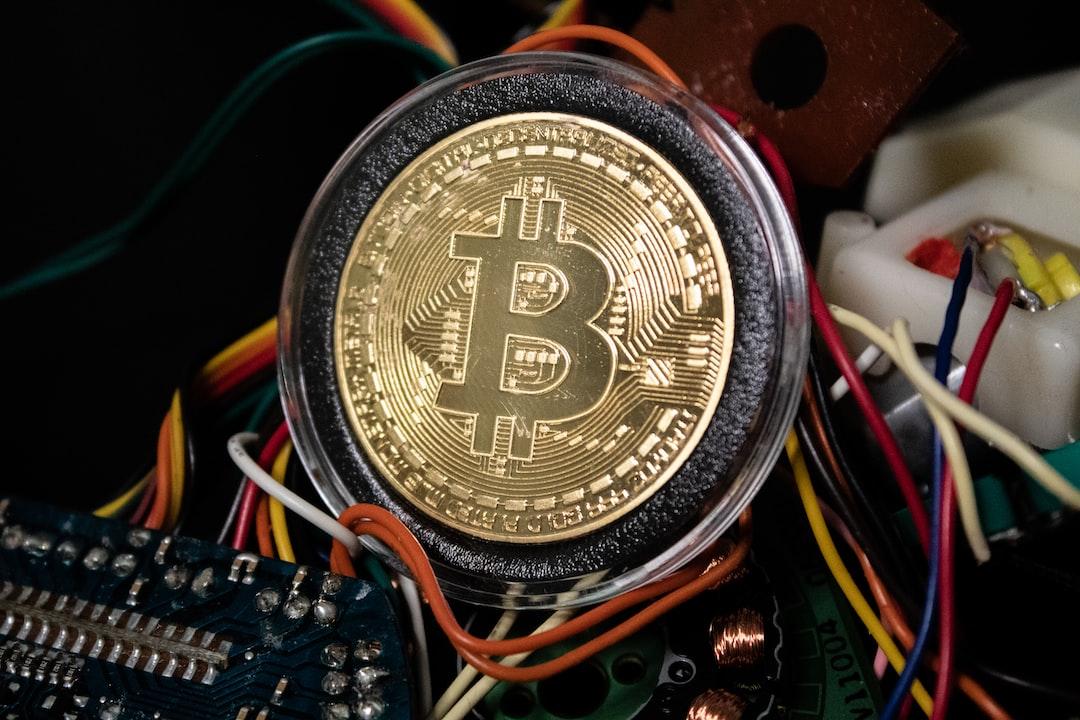The three words “Colored Coins” have been a longing in the cryptocurrency world for over a decade.
Colored coins were first proposed around 2012. Initially, people simply wanted to attach extra information to bitcoins, enabling them to represent virtual or real-world assets beyond BTC.
During that time, the era of Altcoins began to emerge. We saw a wave of new coins, most of which eventually faded into history, essentially becoming worthless.
Coloring coins is a method of marking bitcoins to create a variety of asset value carriers around Bitcoin without issuing any additional tokens. In a way, colored coins represent a form of the “Crypto Common Destiny”—where the rise of Bitcoin ensures the rise of colored coins.
However, over the past decade, colored coins have not truly come to the forefront. The primary reason being the limitations of the Bitcoin mainnet. As Ethereum showed rapid ecosystem development and closed commercial loops, colored coins faced repeated obstacles and lost attention.
The initial attempts to mark homogeneous BTC as different Colored Satoshis on Bitcoin led people to realize the immense potential of issuing assets on the blockchain. Even elements of the idea behind NFTs can be traced back to colored coins.
Since the Bitcoin ecosystem struggled to grow and Ethereum had its own token issuance mechanisms, colored coins faded into obscurity, paving the way for more attempts to bring assets onto the blockchain.
Seemingly, everything was progressing well. Does this mean that we no longer need an ecosystem on Bitcoin?
Over the past decade, the extreme conservatism of purists and core OGs delayed any transformation in Bitcoin’s development. However, the landscape is changing quietly, with concentrated developments in the Bitcoin ecosystem over the past two years.
Bitcoin undergoes periodic updates (network soft forks) through collective improvement proposals (BIPs) to introduce new features and extensions. Gradually, Bitcoin’s collective opinion has been letting go of conservative views, moving towards openness, flexibility, and freedom.
The Taproot upgrade at the end of 2021 enabled some level of innovation and led to a surge in Layer 1 protocols in 2022-2023. Are these protocols really clogging Bitcoin’s network? I believe that if Bitcoin has the soil for their emergence, their existence is only natural.
People are now reconsidering the idea of Bitcoin having an ecosystem. With doubts about whether Bitcoin should have one, the top protocol Ordinals has already achieved a market capitalization in the tens of billions of dollars.
Now, Bitcoin is starting to

